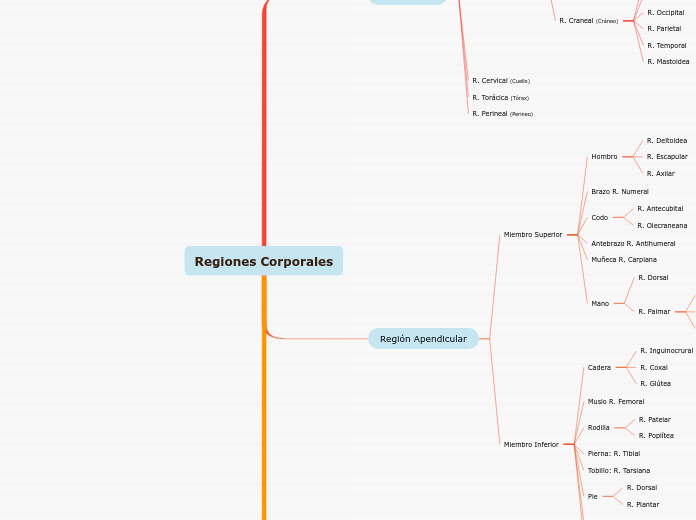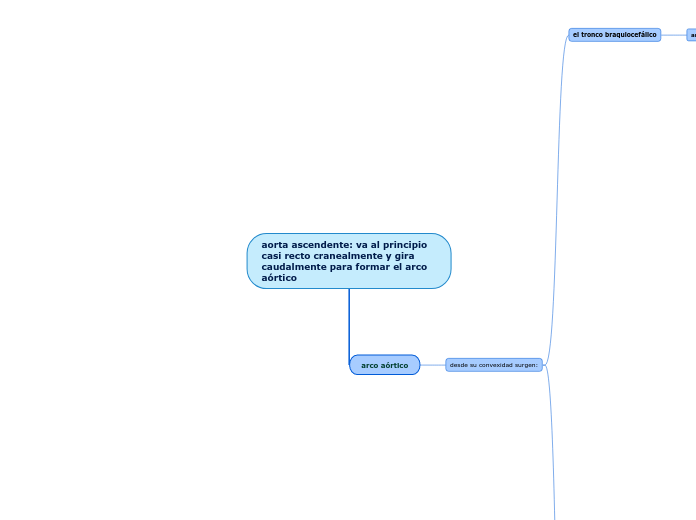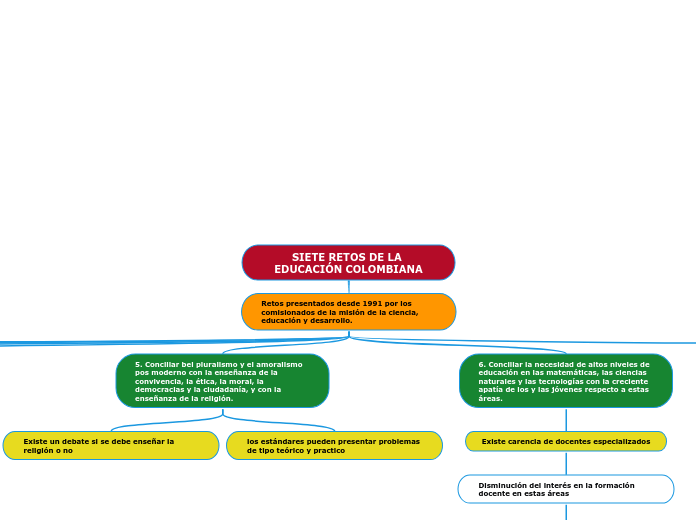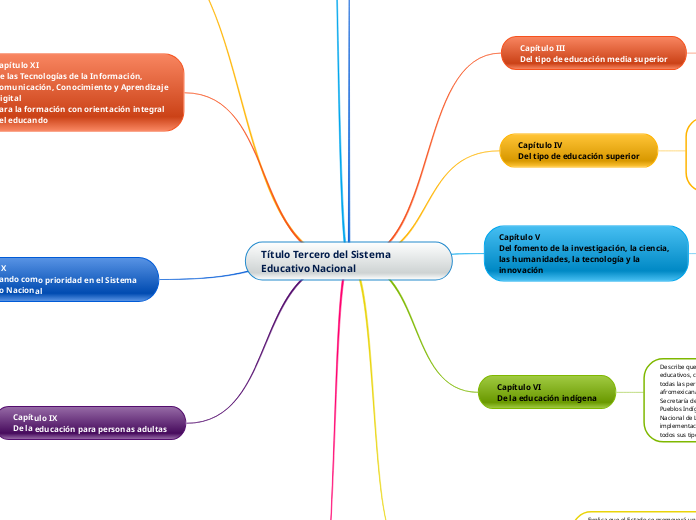Regiones Corporales
To name your story, you have to think about the overall message and what you want your audience to understand from the story. Also, make it relevant and easy to remember.
Región Abdominopélvica
R. púbica
R. inguinal
R. umbilical
R. lateral
R. epigástrica
R. hipocondríaca
Región Apendicular
The middle of the story is where you add layers of complications that will lead to the end. Reveal more about the character's journey. Did their personality go through changes? How did they overcome the challenges? And as you build up the story’s central conflict, make it more personal to that character. Also, from the middle act, you have to lead into the final act.
Miembro Inferior
Your character(s) need(s) motivation in order to solve the challenge(s).
R. Sural
R. Crural
Pie
R. Plantar
Tobillo: R. Tarsiana
Pierna: R. Tibial
Rodilla
Secondary characters also might have motivs beacuse of which they may cross path with main character or which might trigger them to help the main character.
R. Poplítea
R. Patelar
Muslo R. Femoral
Secondary characters might also have motives that lead them to cross paths with the main character or which might trigger them to help the main character.
Cadera
Why does your character need to confront this challenge? What does he/she expect to accomplish by solving it?
See a few examples:
- will marry in 3 days
- can fix the mistakes of the past
R. Glútea
R. Coxal
R. Inguinocrural
Miembro Superior
Each story has a main character and that character usually needs to solve a problem or challenge. The character's challenge is the one that creates tension throughout the story.
Mano
R. Palmar
R. Palmar Media
R. Hipotenar
R. Tenal
R. Dorsal
Muñeca R. Carpiana
Antebrazo R. Antihumeral
Codo
R. Olecraneana
R. Antecubital
Brazo R. Numeral
Type in any other challenges which other characters in the story need to face.
Hombro
In most stories, there are 3 challenges. The number 3 is a mystical number symbolizing completeness. Try to come up with interesting challenges with which your character needs to struggle.
See a few examples below:
- turns into a werewolf at night
- is sent back in time
R. Axilar
R. Escapular
R. Deltoidea
Región Axial
In the beginning of the story (or the exposition), you will need to introduce the setting and characters. You might also want to introduce the main conflict. This part of the story is important because it gives the reader necessary background information and maybe even a first insight into a character’s personality.
R. Perineal (Perineo)
R. Torácica (Tórax)
R. Cervical (Cuello)
R. Cefálica (Cabeza)
Characters are essential to a good story. Usually, the protagonist(s) is/are the most affected by the plot. Introduce a character by focusing on their actions, interests, and occupation, as the physical appearance doesn't make a difference in most cases.
R. Craneal (Cráneo)
R. Mastoidea
R. Temporal
R. Parletal
R. Occipital
R. Frontal
R. Superciliar
R. Facial (Cara)
Type in the name of your character.
R. Mentoniana
R. Masetérica
Add other properties of the character.
R. Bucal
Add other qualities/attributes of the character.
R. Geniana
What is your character's main goal?
fight Evilfind lovedefeat his/her enemyrule the worldmake friendstime travelmake an awesome discoveryOther
R. Nasal
Which traits best describe the character's personality? Choose more if necessary:
introvertedloyalkindindependentquick-thinkingadventuresomeidealisticsweet-naturedcalmrisk-takercreativewittystrictfussyweirdclumsyharshaggressivecarelessclingingcowardlycrueldeceitfulimpulsiveOther
R. Orbitaria
Choose the type of your chacter:
Protagonist (main character)Antagonist (main character's opponent)Flat (stereotypical character)Round (his/ her personality develops throughout the story)Static (doesn't evolve as a person throughout the story)Dynamic (dramatical change in personality)Confidant (the main character trusts him/ her)Foil (contrasting character who enhances the personality of another character)Other










